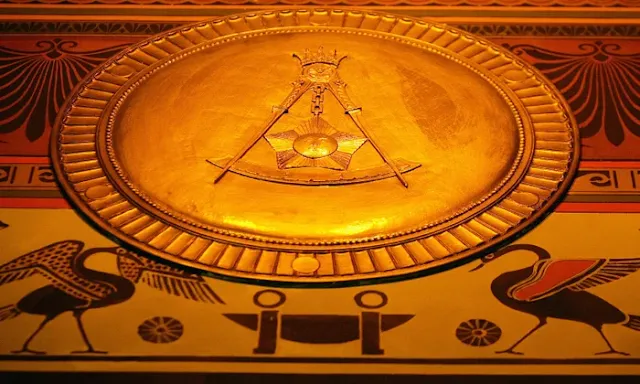Unraveling the Enigma of the Anunnaki and the Sumerians
The ancient civilization of Sumer, nestled in the fertile plains of Mesopotamia, holds one of humanity's most enduring mysteries: the Anunnaki. These enigmatic figures, often portrayed as powerful deities or even extraterrestrial visitors, have sparked countless theories about the origins of human civilization, the secrets of ancient technologies, and the very nature of our existence. In this article, we will explore the complex mythology of the Anunnaki, the historical significance of the Sumerians, and the intriguing questions that continue to captivate modern minds.
 |
|
The Dawn of Civilization: Sumer and Its Legacy
Sumer, one of the earliest known civilizations, emerged around 4500 BCE in the region of southern Mesopotamia, present-day Iraq. Its people, the Sumerians, developed a sophisticated society with impressive achievements in writing (cuneiform), architecture, mathematics, and law. However, their most fascinating legacy lies in their myths and legends, particularly those surrounding the Anunnaki.
Who Were the Anunnaki?
The term 'Anunnaki' is believed to derive from the Sumerian words 'Anu' (sky or heaven) and 'na' (descendants), roughly translating to 'those who came from the heavens.' In Sumerian mythology, the Anunnaki were a group of deities associated with the god Anu, the supreme ruler of the sky, and Ki, the earth goddess. These gods were said to have played a critical role in the creation of mankind and the establishment of early human civilizations.
The Anunnaki and the Creation of Humanity
One of the most intriguing aspects of the Anunnaki legend is the claim that these beings directly influenced the creation of humans. According to the ancient texts, the Anunnaki sought a workforce to assist them in their earthly endeavors, leading to the creation of humanity through genetic experimentation and manipulation. This narrative is most famously found in the Babylonian creation epic, the 'Enuma Elish,' which describes how the gods fashioned humans from clay and divine essence.
 |
|
The Zecharia Sitchin Connection
In the 20th century, author Zecharia Sitchin popularized a controversial interpretation of the Anunnaki myth. He argued that the Anunnaki were not merely mythical figures but actual extraterrestrial beings from a distant planet called Nibiru. Sitchin claimed that these advanced beings genetically engineered early humans as a slave species to mine gold, a resource vital to their technology. Despite being widely criticized by mainstream scholars, Sitchin's ideas have gained a significant following and fueled modern UFO lore.
Ancient Technology and the Anunnaki
Supporters of the ancient astronaut theory often point to the remarkable technological achievements of the Sumerians as evidence of Anunnaki influence. They cite the precise astronomical knowledge, advanced metallurgy, and monumental architecture as signs of guidance from a more advanced civilization. The existence of artifacts such as the Baghdad Battery and mysterious, precisely cut stone structures in the Middle East further fuel these theories.
 |
|
Mysteries of the Sumerian King List
One of the most perplexing artifacts linked to the Anunnaki is the Sumerian King List – a stone tablet that records the reigns of various kings spanning tens of thousands of years, far exceeding human lifespans. Some theorists interpret this as evidence that the early rulers were in fact Anunnaki themselves or their direct descendants.
Skepticism and Scientific Debate
Despite the allure of these theories, mainstream archaeologists and historians caution against interpreting mythological texts as literal historical records. They argue that the Anunnaki, like the gods of many other ancient cultures, were symbolic representations of natural forces and social structures, rather than actual physical beings.
The Legacy of the Anunnaki in Modern Culture
From science fiction films to conspiracy theories, the Anunnaki remain a potent symbol of humanity's quest for meaning and our fascination with the possibility of ancient extraterrestrial contact. Their stories challenge our understanding of history and inspire a sense of cosmic wonder that transcends time and space.
.png) |
|
Conclusion: Myths, Mysteries, and Modern Speculation
The Anunnaki legend, deeply embedded in the sands of Mesopotamia, continues to captivate our imaginations. Whether as gods, aliens, or symbols of human potential, their story invites us to ponder the origins of our species and the possibility that we are part of a much larger, universal story.











